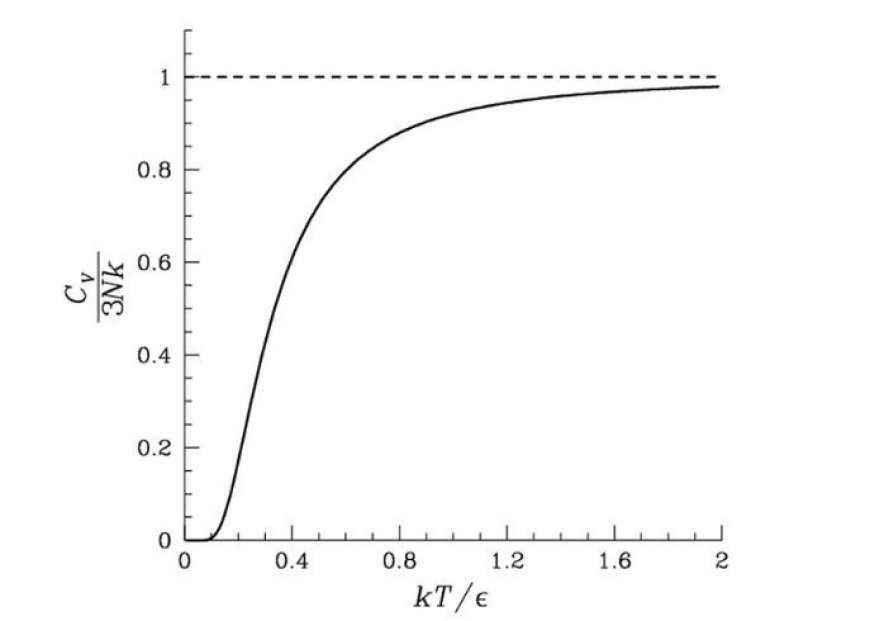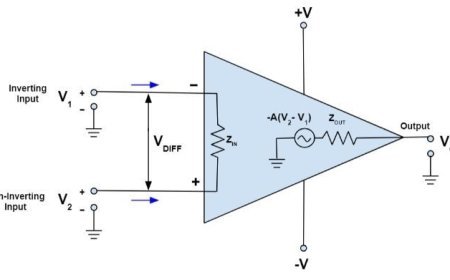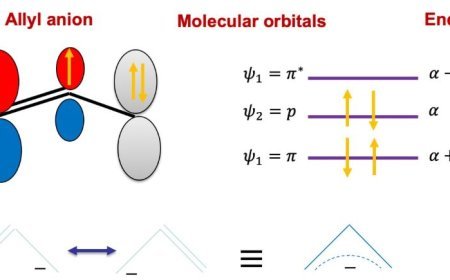DEBYE MODEL THEORY
Unveiling Specific Heat at Low Temperatures.

Debye Model Theory
- Debye theory is used in solid-state physics to figure out how much the phonons in a solid affect its specific heat capacity.
- On the opposite of what Einstein said, it says that the specific heat is caused by the movements of the solid's atomic structure.
- In Einstein's model, objects are thought of as quantum harmonic oscillators that don't interact with each other. This model makes it clear why the heat capacity changes with low temperatures and is related to T3. This is called the Debye T3 rule.
Introduction to Debye’s Theory
- It was Peter Debye who came up with the Debye model of specific heat capacity in 1912.
- Einstein's model of the specific heat of solids treated each atom as a separate unit and only gave the right upper limit for temperature.
- The Debye model, on the other hand, says that there are only so many modes of vibration that can happen in a solid. It models these vibrations as standing wave modes.
- In black body radiation, electromagnetic radiation acts like a gas of photons. This model is like that. The number of states of modes is known as phonons, which are also known as sound wave quanta.
- Debye found that the way atoms move in a harmonic way is the same as sound.
- Since sound is a wave as well,
- Planck should be able to quantize it in the same way that he did with light.
- Sounds and light waves are very similar, but there is one difference: sound waves have three states for each wave direction, while light waves only have two. One is in longitudinal mode, where the motion of the atoms is in the same direction as k.
- The other two are in transverse mode, where the motion of the waves is perpendicular to k. Light can only move in one direction.
What's Your Reaction?



































